Authors: Stephen Addiss
Haiku (2 page)
The coming of autumn
is determined
by a red dragonfly
Dragonfly on a rockâ
absorbed in
a daydream
In each case, the observation of an insect leads to a deeper consideration of our own perceptions, although neither poem has a “moral” or an obvious message. We may well ask who is judging, and who is daydreaming? In this sense, it could be said that every haiku is at least partially about human beings, if only the one who originally composed it and the one reading and experiencing it now. Perhaps all fine poems are expressions of experience rather than merely “things,” and haiku, above all, elicit our own participation as readers, almost as though the poet had disappeared and left us to determine our own experience.
There has been some controversy about the influence of Zen in haiku. Certainly some poets (such as BashÅ) studied Zen, and a few were actually Zen masters (such as Sengai). Many other Japanese poets, however, followed other Buddhist sects, ShintÅ, or were completely secular, so we should be careful about claiming too much direct influence of Zen. In a broader sense, however, Japanese culture and the arts during the past seven centuries have been suffused with Zen influence, ranging from the tea ceremony and flower arranging to Noh theater, ink painting, and
shakuhachi
(bamboo flute) music. In particular, Zen's insistence on the enlightenment of the ordinary world at the present moment, right here and right now, has both mirrored and influenced the haiku spirit. As Issa wrote:
Where there are people
there are flies, and
there are Buddhas
The Zen influence in haiku may need more examination, but it has touched Japanese culture so deeply that it can never be entirely absent. What Zen, other Buddhist sects, and ShintÅ all have in common with haiku is the harmony between nature and humans.
Regarding This Volume
The three author-editors of the present volume have previously published a series of five books:
A Haiku Menagerie
(Weatherhill, 1992),
A Haiku Garden
(Weatherhill, 1996),
Haiku People
(Weatherhill, 1998),
Haiku Landscapes
(Weatherhill, 2002), and
Haiku Humor
(Weatherhill, 2007). The haiku in this new book are excerpted from those books, with some modifications in translation, along with newly added verses. This anthology includes a representative number of poems by each of the three great masters (BashÅ, Buson, and Issa), a generous group of haiku by observant and creative poets ranging in time from the early fifteenth through the later twentieth centuries, and a sprinkling of anonymous comical
senryū
.
The poems are grouped into three categories: The Pulse of Nature, Human Voices, and Resonance and Reverberation. Each category moves along a time line, not linearly but rather cyclically, reflecting natural life rhythms.
These poems are expressions not only of Japanese sensibilities but of age-old human responses to the world around us. We wish all of our readers the joy of experiencing this kaleidoscope of all living creatures and their multifaceted interactions with enveloping nature as expressed by the finest Japanese haiku and
senryū
poets.
Â
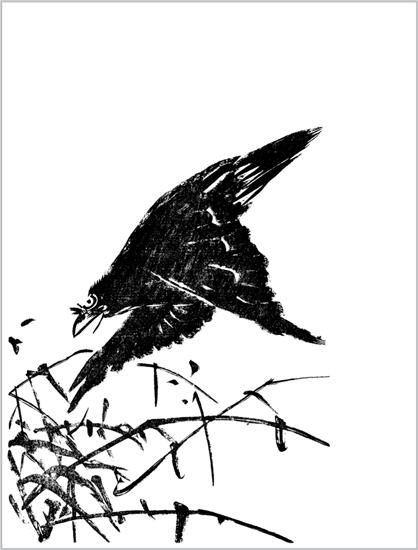
Opening their hearts
ice and water become
friends again
âT
EISHITSU
The spring sun
shows its power
between snowfalls
âS
HIGEYORI
Not in a hurry
to blossomâ
plum tree at my gate
âI
SSA
White plum blossoms
return to the withered treeâ
moonlit night
âB
USON
The warbler
wipes its muddy feet
on plum blossoms
âI
SSA
With each falling petal
they grow olderâ
plum branches
âB
USON
Dried grassesâ
and just a few heat waves
rising an inch or two
âB
ASHÅ
Overflowing with love
the cat as coquettish
as a courtesan
âS
AIMARO
Both partners
sport whiskersâ
cats' love
âR
AIZAN
Spring sun
in every pool of waterâ
lingering
âI
SSA
Is the dawn, too,
still embraced by
hazy moon?
âC
HÅSUI
In the shimmering haze
the cat mumbles something
in its sleep
âI
SSA
Spring rainâ
just enough to wet tiny shells
on the tiny beach
âB
USON
Â
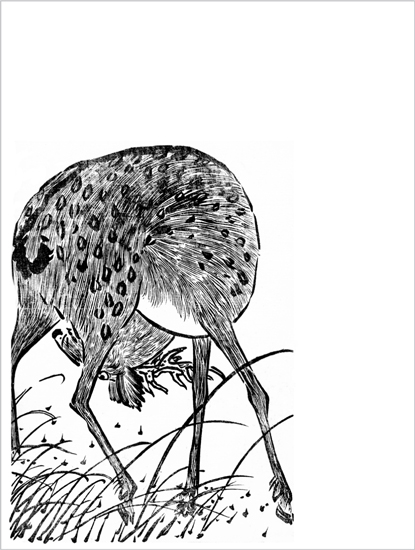
The nurseryman
left behind
a butterfly
âR
YÅTA
Again and again
stitching the rows of barleyâ
a butterfly
âS
ORA
A pheasant's tail
very gently brushes
the violets
âS
HŪSHIKI-JO
Over the violets
a small breeze
passes by
âO
NTEI
Each time the wind blows
the butterfly sits anew
on the willow
âB
ASHÅ
Spring chillâ
above the rice paddies
rootless clouds
âH
EKIGODÅ
Daybreakâ
the whitefish whiten
only one inch
âB
ASHÅ
Domestic ducks
stretch their necks
hoping to see the world
âK
ÅJI
The warbler
dropped his hatâ
a camellia
âB
ASHÅ
Crazed by flowers
surprised by the moonâ
a butterfly
âC
HORA
White camelliasâ
only the sound of their falling
moonlit night
âR
ANKÅ
Squeaking in response
to baby sparrowsâ
a nest of mice
âB
ASHÅ
Â
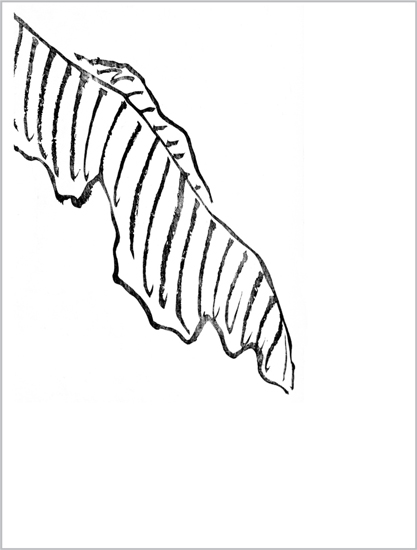
Out from the darkness
back into the darknessâ
affairs of the cat
âI
SSA
Joyful at night
tranquil during the dayâ
spring rain
âC
HORA
A camellia falls
spilling out
yesterday's rain
âB
USON
A hedge of thornsâ
how skillfully the dog
wriggled under it!
âI
SSA
Misty dayâ
they might be gossiping
horses in the field
âI
SSA
An old wellâ
falling into its darkness
a camellia
âB
USON
Trampling on clouds,
inhaling the mist,
the skylark soars
âS
HIKI
Crouching,
studying the cloudsâ
a frog
âC
HIYO-JO
On the temple bell
perching and sleepingâ
a butterfly
âB
USON
Could they be sutras?
in the temple well
frogs chant
âK
ANSETSU
Recited on and on,
the poems of the frogs
have too many syllables
âE
IJI
Bracing his feet
and offering up a songâ
the frog
âS
ÅKAN
From the nostril
of the Great Buddha comes
a swallow
âI
SSA
Â
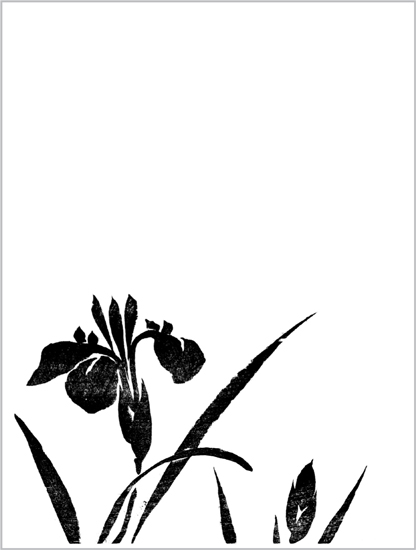
On the brushwood gate
in place of a lockâ
one snail
âI
SSA
Sunlight
passes through a butterfly
asleep
âR
ANKÅ
With the power of non-attachment
floating on the waterâ
a frog
âJ
ÅSÅ
Highlighting the blossoms,
clouded by blossomsâ
the moon
âC
HORA
Flower petals
set the mountain in motionâ
cherry blossoms
âH
ÅITSU
On the surface
of petal-covered waterâ
frogs' eyes
âF
ÅSEI
The retreating shapes
of the passing springâ
wisteria
âK
ANA-JO
Spring passesâ
the last reluctant
cherry blossoms
âB
USON
Â
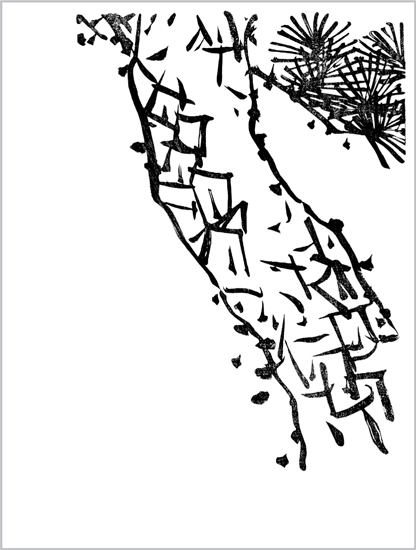
Shallow river
twisting west and twisting eastâ
young leaves
âB
USON
Forsythiaâ
and radiant spring's
melancholy
âM
ANTARÅ
In daytime “darken the day”
